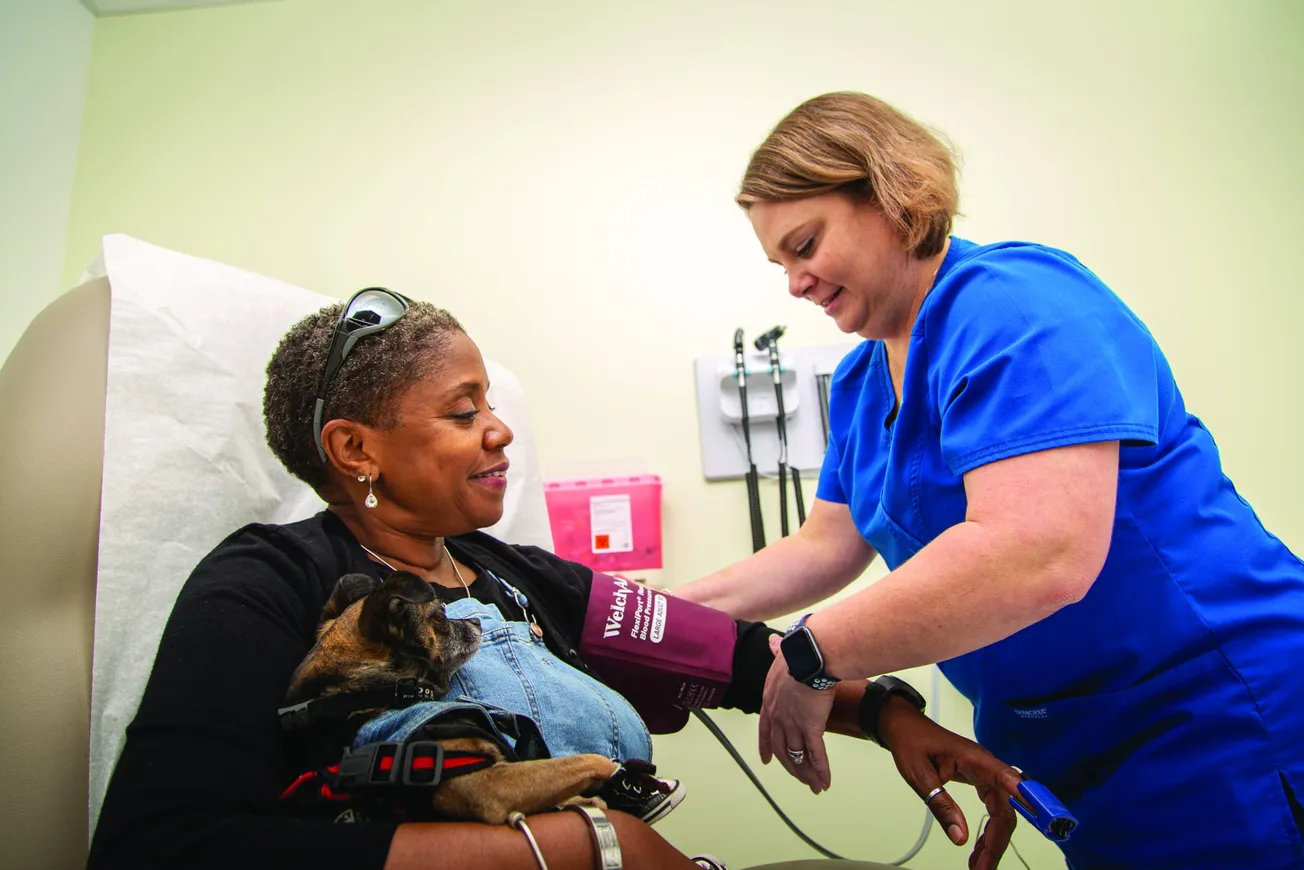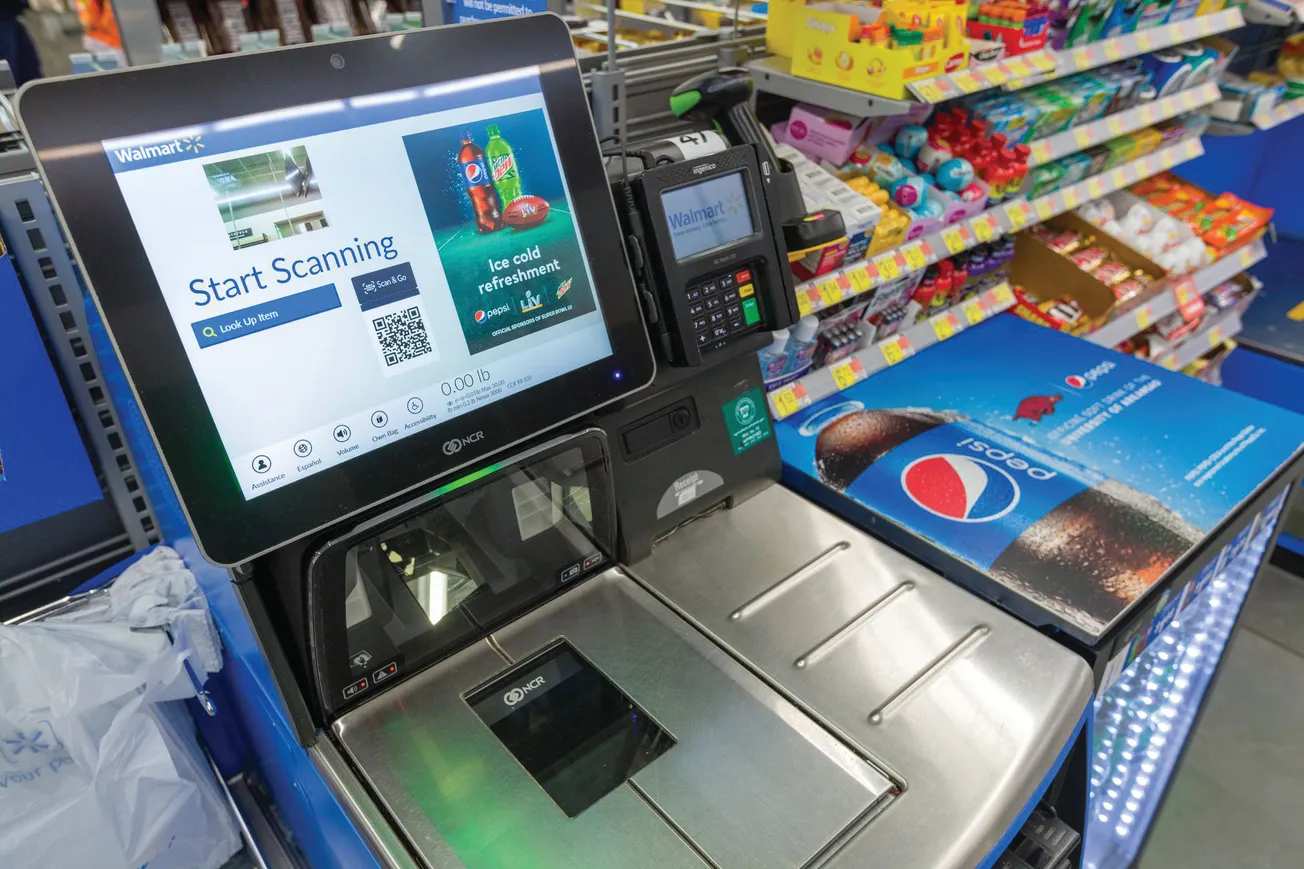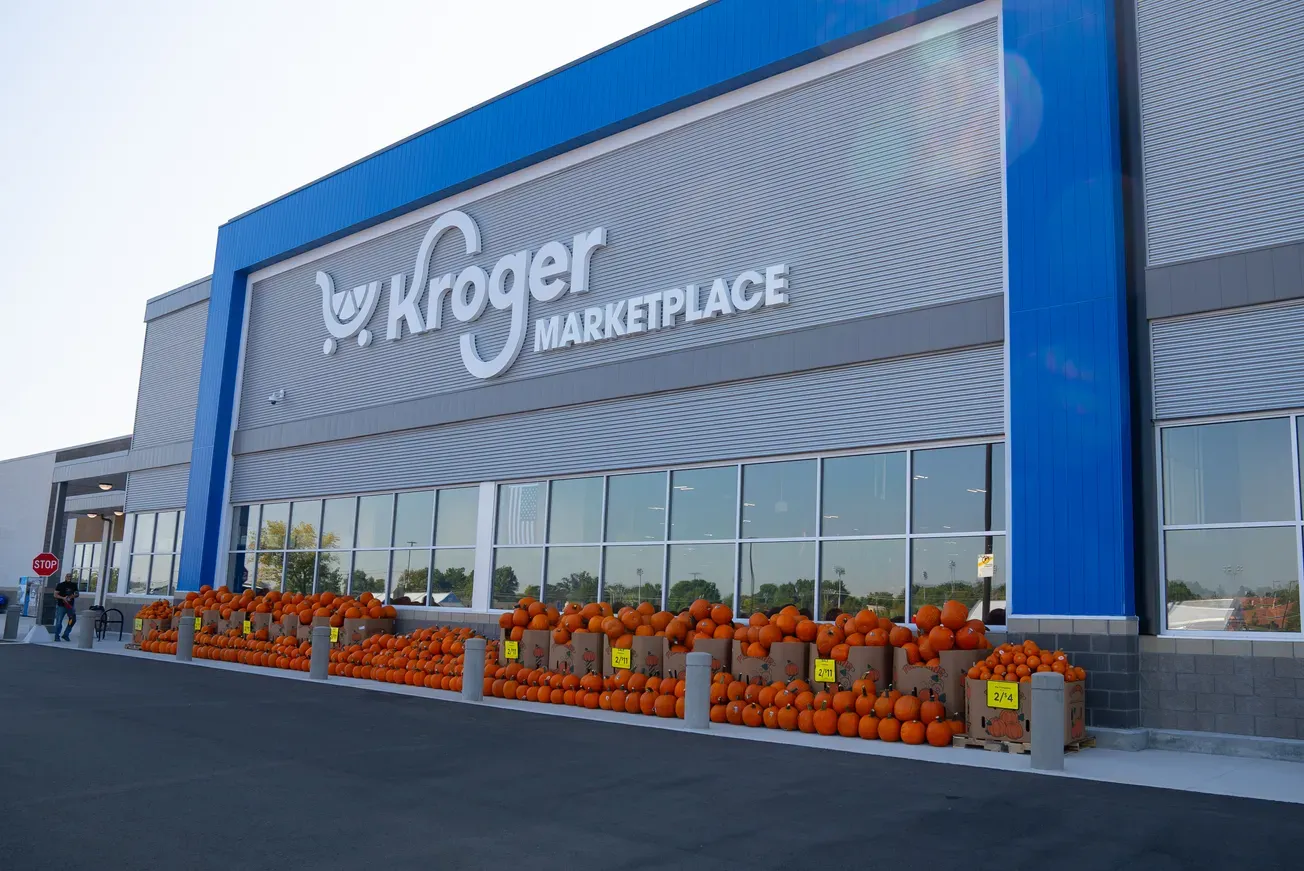Only a short time ago, access to health care outside of traditional boundaries was fraught with regulatory, reimbursement, technological and other barriers, and patient/consumer trust and adoption were at low levels. Then the pandemic struck and turned health care delivery on its head. Once-formidable obstacles like reimbursement and HIPAA requirements were quickly addressed by regulators and insurance providers. Patients accelerated their adoption of virtual care. A more consumer-centric, blended health and wellness care model emerged — a model integrating digital and traditional care delivery. Several years later, omnichannel health and wellness has become the cost of entry as consumers demand convenient care delivery and the personalized, seamless experiences they’ve come to expect wherever they shop. And at the same time, we continue to see the role of the pharmacist expand with new prescribing rights, point-of-care testing and vaccinations, and new collaborative practice agreements.

Dave Van Howe
This new retail health landscape offers tremendous opportunities to improve patient access, engagement and outcomes across the care continuum, while also growing revenue and building loyalty. It’s no surprise that omnichannel health transformation is being propelled forward by some of the country’s largest pharmacy retailers, along with Amazon and other digital health disruptors. CVS Health, Walmart Health, Walgreens and Target are leading the way, ramping up investments in strategies that meet the consumer wherever they are, and in the process, transforming their businesses into one-stop health care destinations.
Services now range from e-commerce, virtual care and education to urgent care clinics and Rx treatments to self-care options, personalized wellness experiences and beyond. We continue to see significant activity in the primary care and home care areas, driven in part by increased Medicare emphasis on value-based care models for chronic disease prevention and management. CVS Health is bolstering its position as the largest provider of retail health services in the U.S. by purchasing home health services provider Signify Health and acquiring primary care provider Oak Street Health. Walmart Health, committed to “addressing a patient’s whole health needs,” is planning to nearly double its freestanding health centers this year, building upon its existing virtual, in-store and clinical health services. Walgreens is rapidly expanding in its quest to “transform to a consumer-centric health care company,” with plans to open at least 1,000 Village MD practices by 2027, and continued investment in home health care through CareCentrix, with 7,400 provider locations. Target is instead focusing on the fast-growing self-care area and is expanding its center-aisle wellness offerings.
No matter what the channel, this evolving omnichannel retail health environment has greatly increased the opportunities we have to connect with the consumer in richer, more meaningful ways. It also presents greater challenges, including ever-changing consumer expectations and behaviors that impact in-store shopping trips, product pricing, in-stocks, supplier marketing strategies and retailer profitability. A complex environment to master, it requires a radically new longer-range planning mindset across suppliers and retailers. That Joint Business Planning process (JBP) we’ve all relied on for so long, with retailers pushing greater trade investment and suppliers pushing for higher performance returns, no longer works in today’s retail pharmacy landscape. It can only lead to a lose-lose situation in the long run, with ever-increasing supplier trade spend and eroding retailer margins as a result.
It’s time to rethink the goals and objectives of the JBP process. In an omnichannel world, JBP takes on a new dimension, requiring new strategies. To achieve revenue growth and other financial targets, smart retailers and suppliers are embracing next-generation planning focused on real collaboration and sustained, long-term value. Seems daunting? Here are a few things we have our clients consider:
• Ensure that your consumer is always at the center of your JBP process, and reset the discussion by identifying win-win opportunities for collaboration. Focus on areas that deliver incremental profit growth for both your business and the retailer, like innovation introductions, preventive care or the wellness needs of the entire family. Or Retail Media Networks (RMNs), which can provide the opportunity to develop stronger retail partnerships and a closer connection to your targeted consumers. (More on this later.) Collaborate to drive the e-commerce experience and penetration. Reduce costs by collaborating on supply chain where it makes sense.
• Whether you’re a supplier or a retailer, make sure you understand your trading partner’s needs, goals and strategic initiatives and identify where they intersect with yours. Where can collaboration create value? E-commerce media, data sharing and forecasting, assortment strategies, category growth planning, sustainability … these are just a few of the areas where opportunities can be found.
• Focus on leveraging total investment; Identify working versus nonworking spend levels. Over the years, total commercial investment dollars have grown faster than sales. Many of the inefficiencies are within operational or supply chain programs that are no longer driving consumers into your stores or to your brands. Increased transparency, expanded strategic collaboration and establishment of mutual KPIs (key performance indicators) focused on the consumer are essential to reverse this trend and drive profitable growth for all.
• Relook at how you’re allocating funding for data analytics. Granular data sharing can drive the personalization today’s consumer expects at critical points along the buying journey. To be successful, retailers will want to focus investments on robust platforms allowing for precise consumer targeting, personalization and quantifiable metrics on self-serve collaboration platforms.
• Upend your current strategic planning process by including RMNs as part of total commercial spending. As we enter a cookie-less world, RMNs are expected to capture a significant, growing percentage of digital ad spend over the next five years. In fact, as much as $100 billion in RMN ad spending is projected by 2026. While still evolving (yes, they still have their pain points), RMNs are attractive, due to granular, first-party targeting data and closed-loop reporting that directly ties media placements to purchases. They provide access to an ever-expanding number of touchpoints around point of purchase, and allow real-time adjustments based on a shopper’s behavior. A robust RMN can be an important lever in driving brand awareness and conversion. Retailers who invest early and best meet advertiser needs will benefit from this new revenue stream and gain an edge over competitors.
• Help ensure RMN programs reach their full potential as powerful business drivers through co-ownership and co-planning by sales, marketing and media teams. Examine how you can best change the mix of spending to closely connect media investments with in-store activations. And consider new funding sources. Brand media easily comes to mind, but consider, what if we took some of the nonworking funds we talked about earlier, and put them into RMN programs as a test and learn? Remember, retail media isn’t just about online sales, but how these investments online impact in-store sales as well.
• As part of your new JBP vision, collaboratively develop a cross-functional scorecard for use by senior leadership (retailer and supplier) for long-range planning, strategic alignment and efficient use of commercial spending. An important tool, it should go beyond the day-to-day business needs of the retailer merchants and supplier sales team, and incorporate sales, marketing and supply chain.
There is no doubt that we will continue to see the further convergence of physical and digital health retail commerce over the coming years. By pivoting to a next-generation JBP approach that encompasses total commercial spend and true collaboration, both suppliers and retailers can better serve the consumer while maximizing ROI and driving growth in the evolving omnichannel retail health landscape.
Dave Van Howe is Market Performance Group executive vice president and retail advisor. He can be contacted at dave.vanhowe@mpgllc.com.









